Overcome difficulties to get rich
Tan Hoa - a commune in the particularly difficult area 3 of Binh Gia district, with nearly 90% of the population being Dao ethnic people. The lives of the people here mainly depend on agriculture, so there are many uncertainties. Struggling with the problem of helping people to sustainably eliminate hunger and reduce poverty, the local Party Committee and government have determined the direction of economic development in the direction of promoting the strengths of the hill and forest economy.
Among them, cinnamon trees are chosen as the main crop, because this type of tree is suitable for the climate and soil here. Up to now, Tan Hoa cinnamon area has more than 500 hectares, the average age of cinnamon trees is from one to more than 10 years, many areas have been exploited.
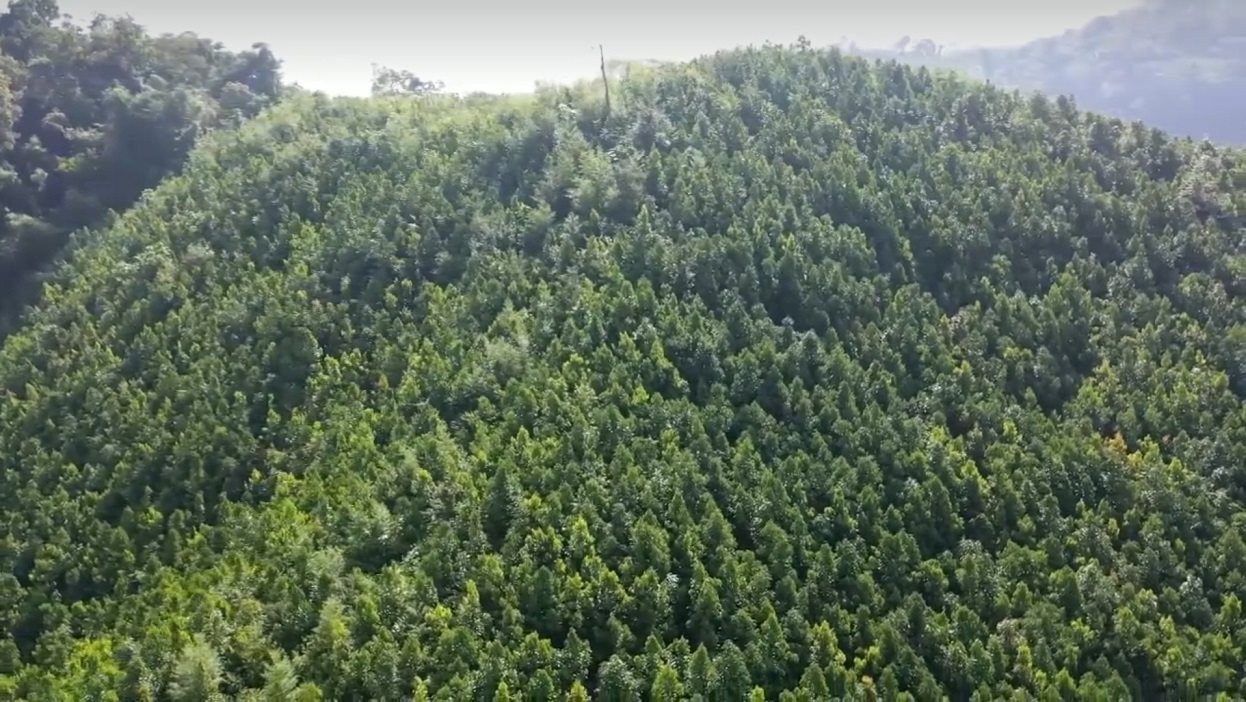
As one of the pioneers in the cinnamon planting movement, more than 10 years ago, Mr. Dang Hoa Lin, a Dao ethnic group in Tan Tien village, Tan Hoa commune, boldly experimented with growing cinnamon in his home garden. After obtaining a relatively high amount of essential oil and the cinnamon trees grew and developed well, his family invested in growing cinnamon on the entire area of forest land assigned to him. Currently, he has over 5 hectares of cinnamon forest, with more than 15,000 trees, providing a stable income of nearly 100 million VND per year.
As for Mr. Dang Manh Ha's family (in the same village in Tan Tien), around 2003, seeing the potential of cinnamon trees, he proactively borrowed capital to invest in planting 4 hectares of cinnamon. Up to now, the harvest has been completed, helping his family improve their lives, build a spacious house, and have capital to continue reinvesting in planting cinnamon on the harvested forest area.
Along with cinnamon, star anise is also a crop associated with the ethnic minorities of Lang Son for generations. At the age of over 70, the 4/4 disabled soldier Hoang Xuan Lai, Coc Man village, Mong An commune, is still enthusiastically working in production, raising cattle, growing star anise and fruit trees.
According to Mr. Lai, seeing the potential of the hill and forest economy, from the available forest land and upland rice fields, he switched to growing star anise, now having nearly 4 hectares. Not only that, he also planted about 400 tangerine trees, intercropped corn and raised chickens, buffaloes and cows for meat every year. From the livestock farm, fruit tree planting and forest planting, in recent years, Mr. Lai's family has earned an average of 80 to 150 million VND per year.
In years of good harvest, his family also created jobs for the surrounding people by harvesting star anise. Not only that, he also actively encouraged people to change the structure of crops and livestock, shared techniques of caring for crops and livestock with veterans and people in the commune, helping them gradually develop their economy and stabilize their lives.
It is known that, up to now, Binh Gia district has nearly 8,600 hectares of star anise, mainly concentrated in the communes of Quang Trung, Hoang Van Thu, Minh Khai, Hong Thai, Hong Phong, Tan Van and Binh Gia town... To improve the quality of crops, the district has directed the replication of the Star Anise production model according to organic standards in the two communes of Quang Trung and Hoang Van Thu and invested in the project to support the improvement and development of Star Anise in Binh Gia district...
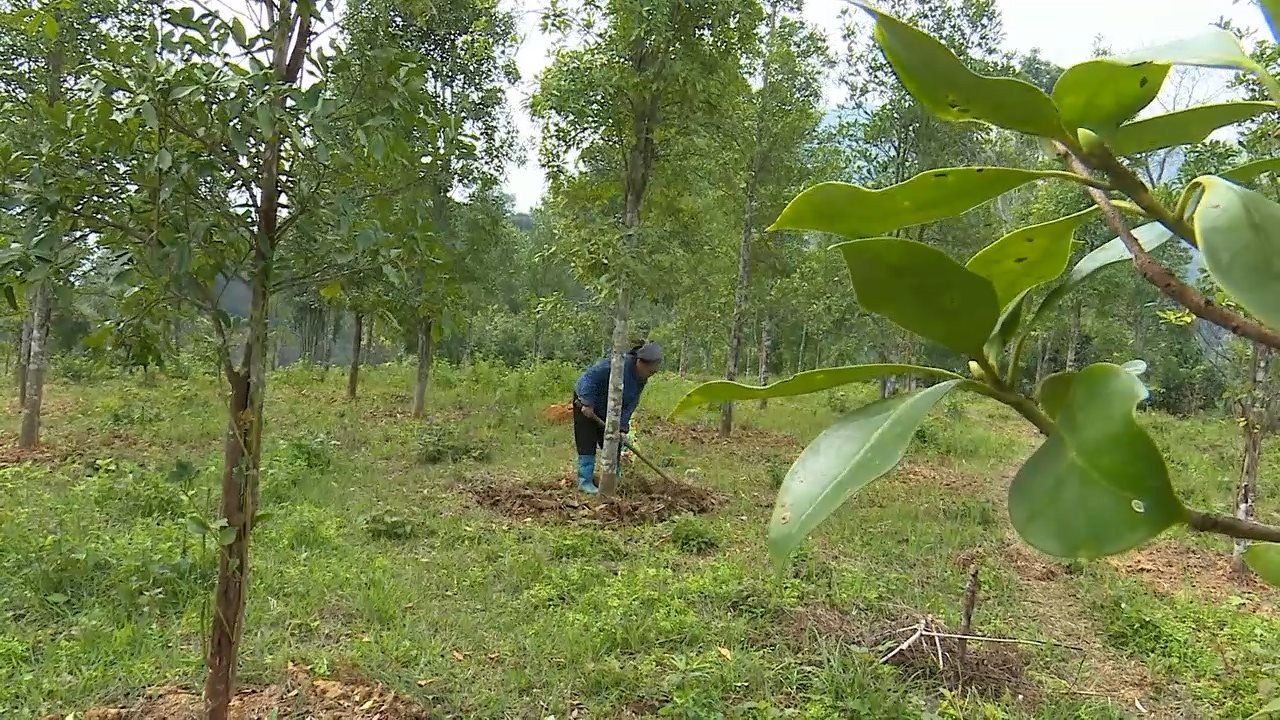
Exploitation combined with protection, zoning and forest regeneration
Binh Gia has 18 communes and 1 town, of which 12 are particularly disadvantaged, with ethnic groups of Nung, Tay, Dao, Kinh, Hoa... The whole district has over 98,000 hectares of forest and forestry land, accounting for 89% of the total natural area. The large production forest area and abundant labor force are advantages for this locality to develop forestry.
In addition, the district has climate and soil conditions suitable for many types of crops, which can diversify agricultural and forestry products such as: Star Anise, So, Cinnamon, Fat, Flower Lat, Acacia, Eucalyptus and other understory trees.
According to Vice Chairman of Binh Gia District People's Committee Hoang Van Chung, in recent years, promoting the available potential and advantages, the district has resolutely directed the development of agricultural production in the direction of commodity production, concentrated specialized cultivation, and the introduction of crop varieties with high productivity, quality, and economic value into production. Identifying key crops to create concentrated commodity production areas with high economic efficiency.
Initially, the district has clearly formed a number of concentrated commodity production areas such as: Cinnamon area in Vinh Yen, Thien Long, Tan Hoa, Hoa Binh communes with a total area of over 4,000 hectares; Fat tree area in Hong Phong, Hoa Tham, Quy Hoa, Hung Dao communes with nearly 3,000 hectares; Acacia and Eucalyptus areas in Thien Thuat, Hoa Binh, Thien Hoa, Hong Thai communes with nearly 4,000 hectares.
The Black Stone production area is concentrated in the communes of Hoa Tham, Hung Dao, Hong Phong, Quy Hoa, Vinh Yen... with an area of nearly 600 hectares; the tobacco growing area has a production and business association with Ngan Son Joint Stock Company in Mong An and Tan Van communes; the Mandarin area in the communes of Tan Van, Hoang Van Thu and Binh Gia town has an area of over 186 hectares, with an annual output of nearly 531 tons.
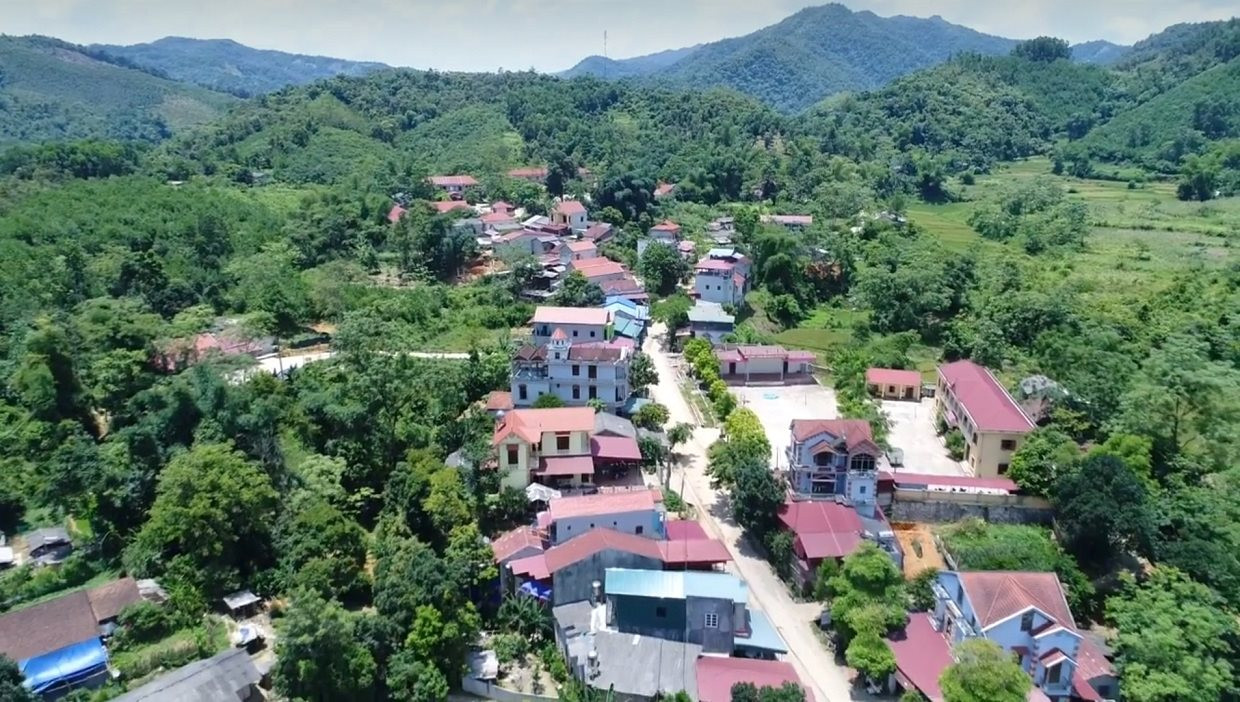
According to Mr. Chung, the District People's Committee has directed specialized departments, communes and towns to synchronously deploy technical measures to improve productivity, quality and agricultural output. Implement well the projects and programs of afforestation, create conditions for people to borrow capital to invest in developing the agricultural and forestry sectors. Rationally exploit forest products, closely combine with forest protection, zoning, regeneration and protection of the ecological environment.
Thereby contributing to improving people's lives, average income per capita has increased gradually over the years, the poverty rate has decreased sharply. By the end of 2022, the poverty rate of the whole district will be 20.63%, down 5.82% compared to 2021.
From 2022 to present, Binh Gia district has newly planted 1,100 hectares of forest, including Star Anise, Fat, Cinnamon, Acacia, Eucalyptus, Ladder and other forestry trees. The district is continuing to implement the Plan to build a model to support the development of yellow Camellia production, implemented in 18 households/5.4 hectares in villages in Thien Hoa, Thien Thuat and Hoang Van Thu communes. In 2023, the district sets a target of newly planting over 900 hectares of forest, raising the forest cover rate to 75.2%.
Source


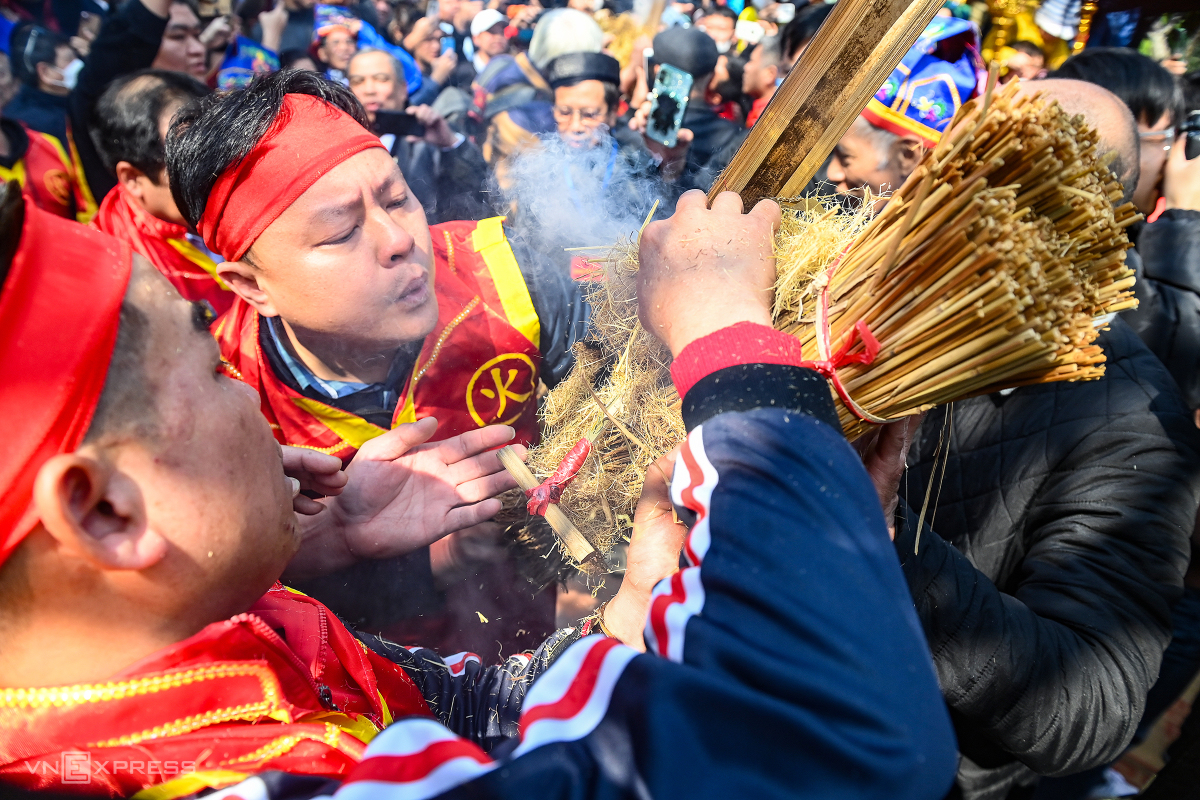
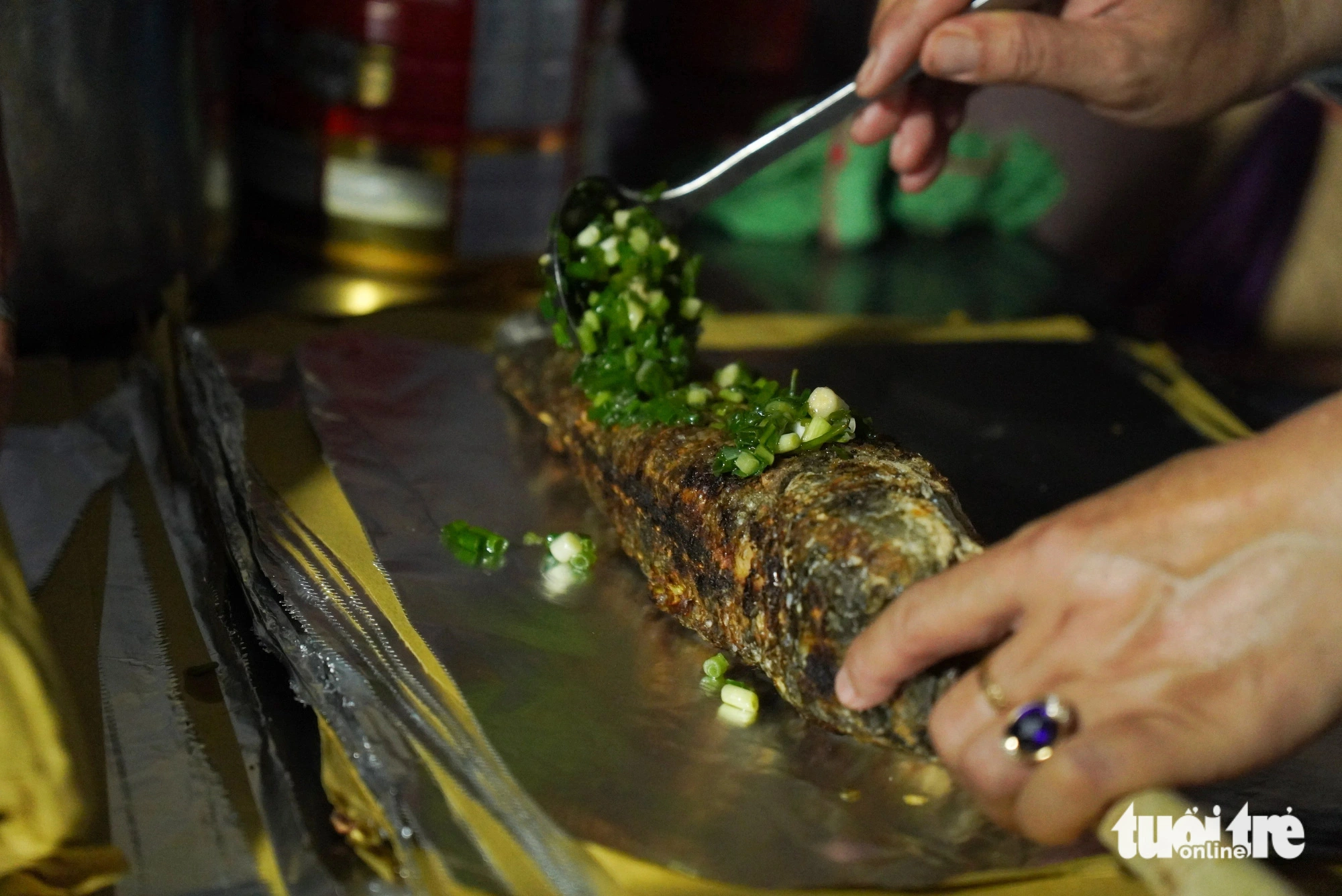

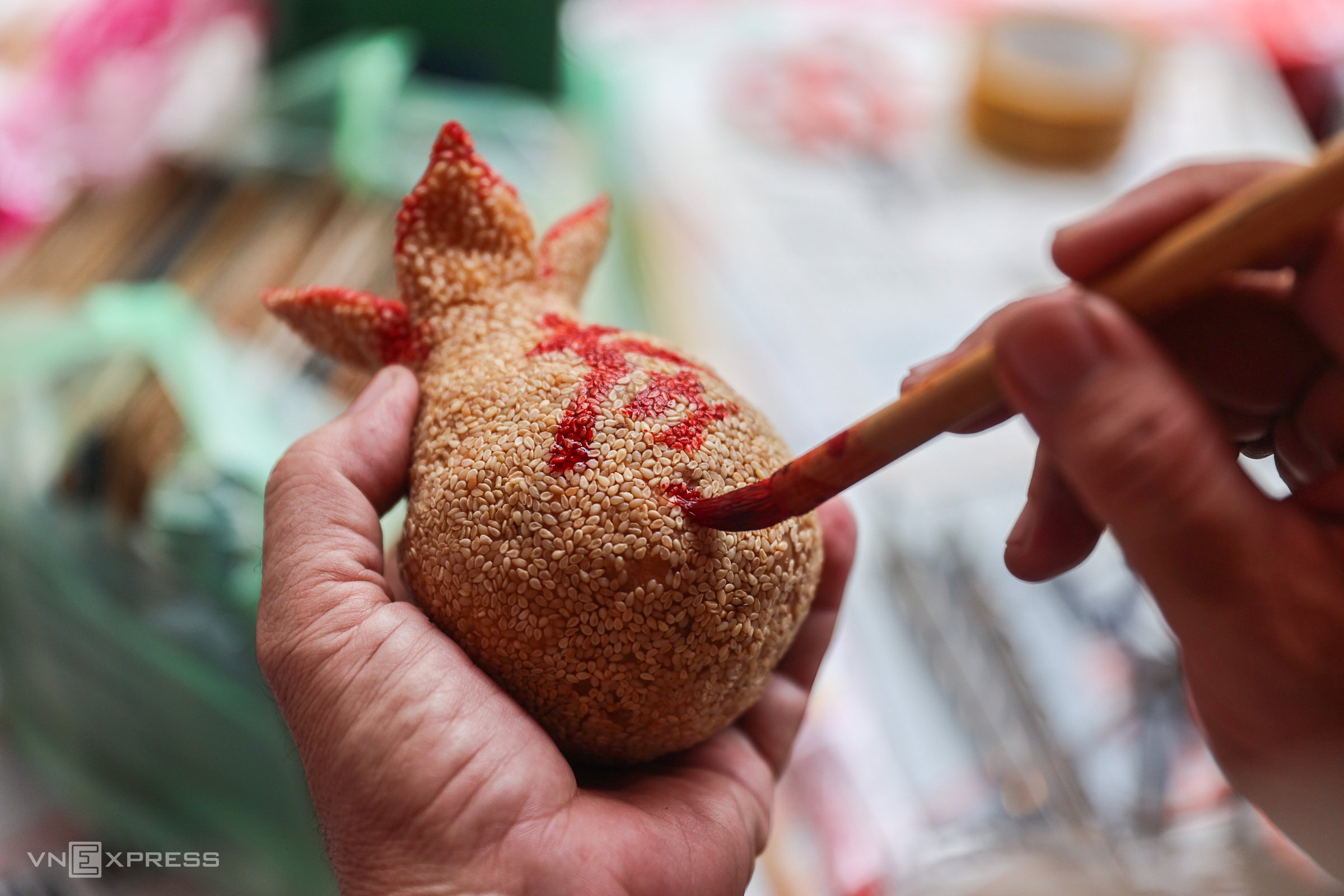

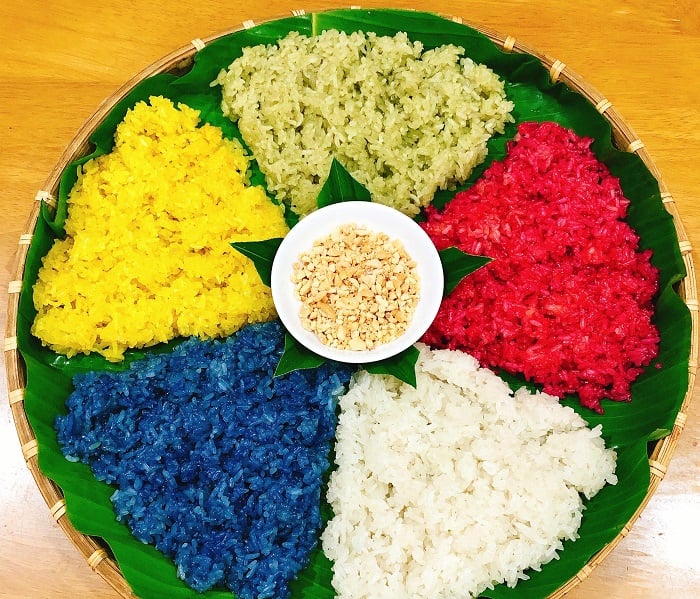














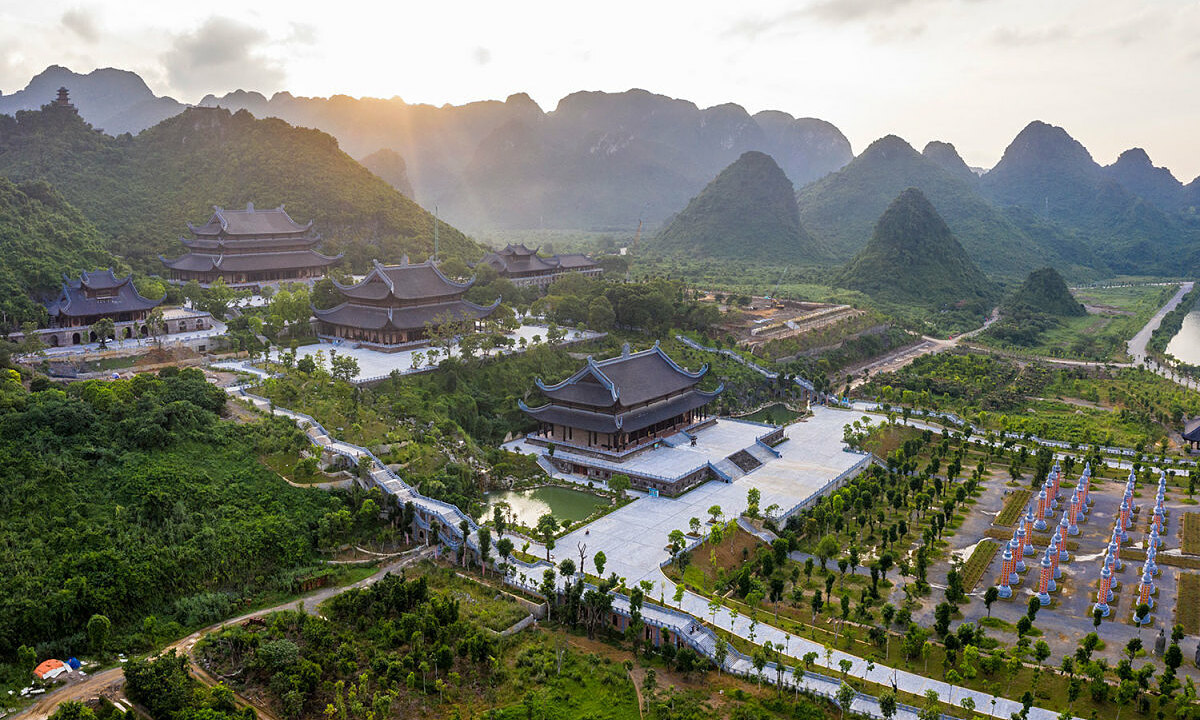
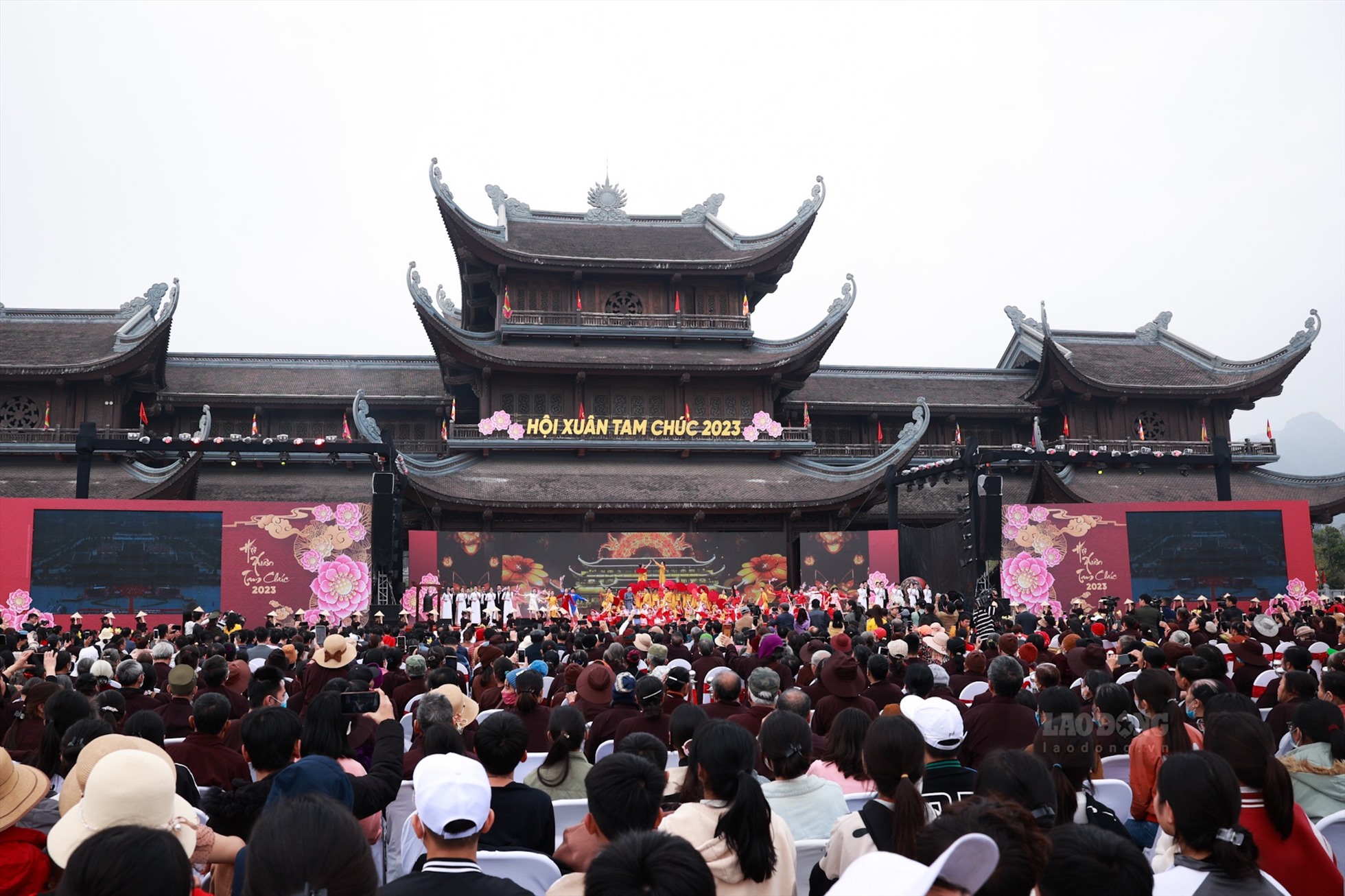



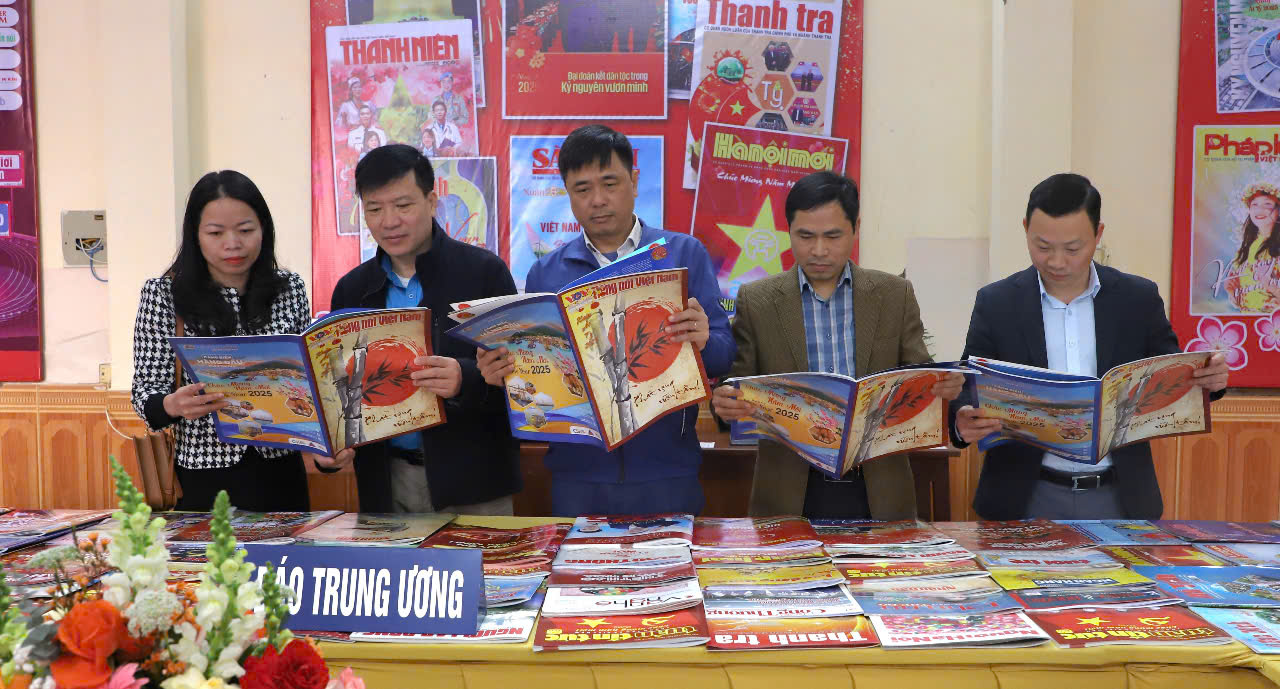


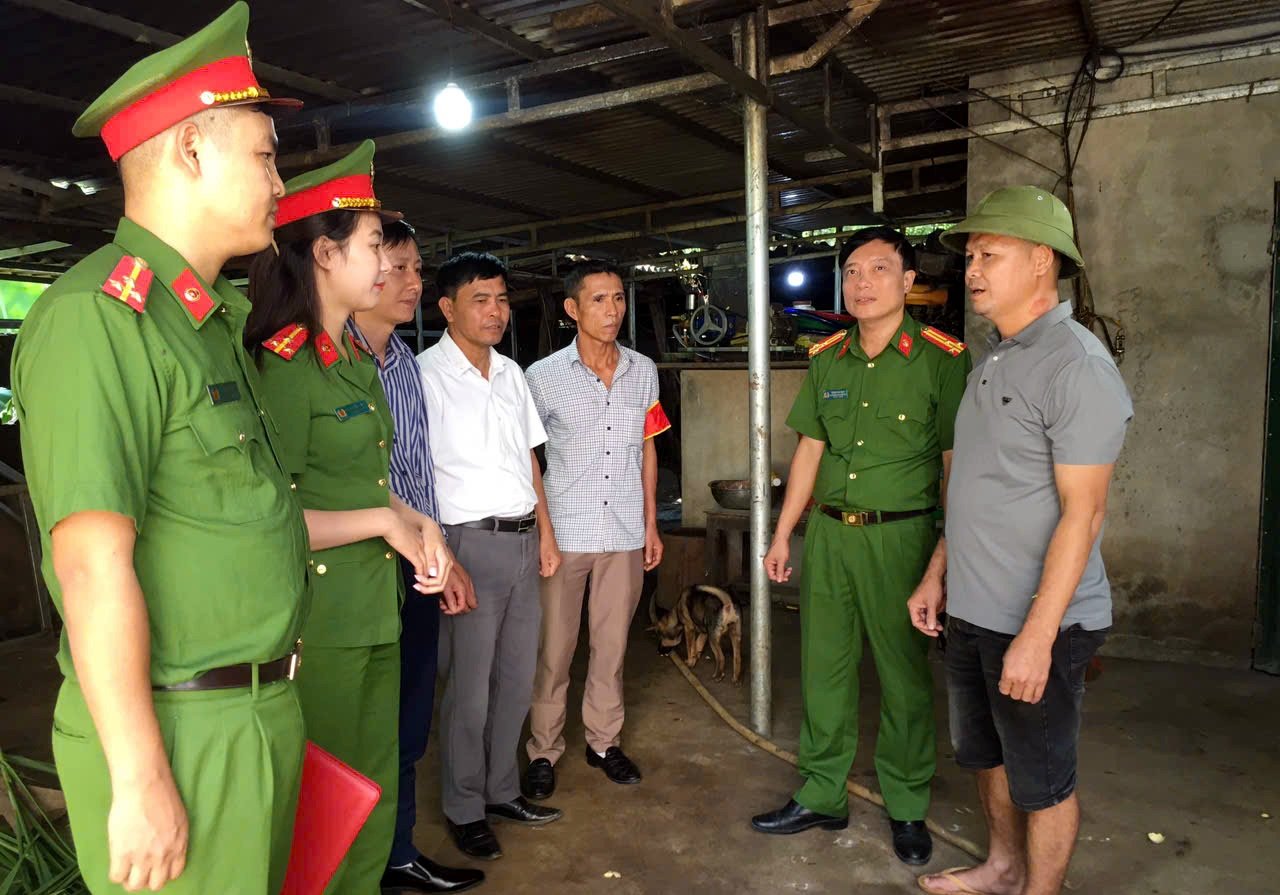



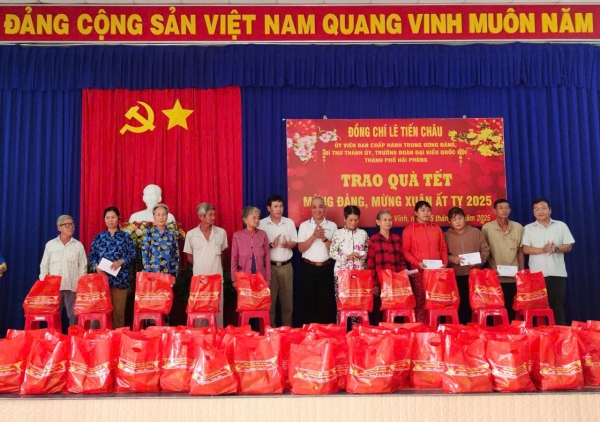



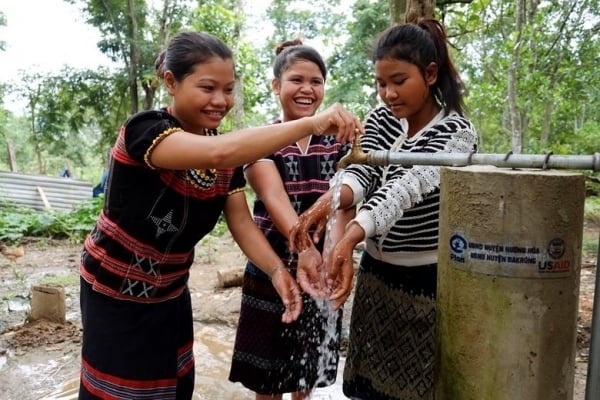

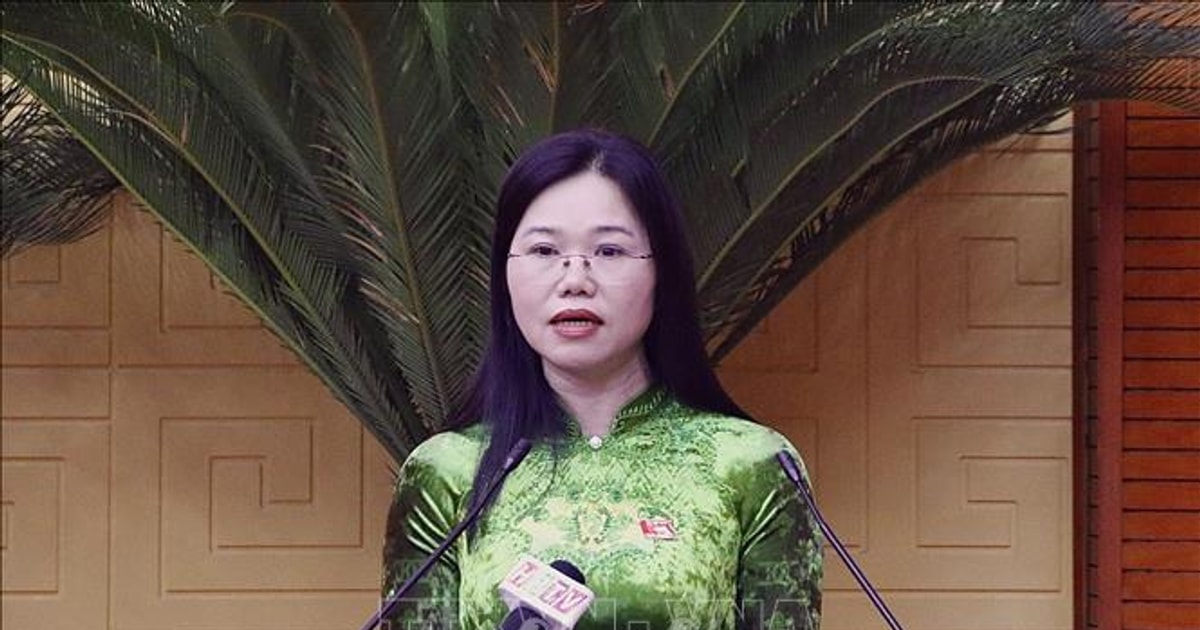
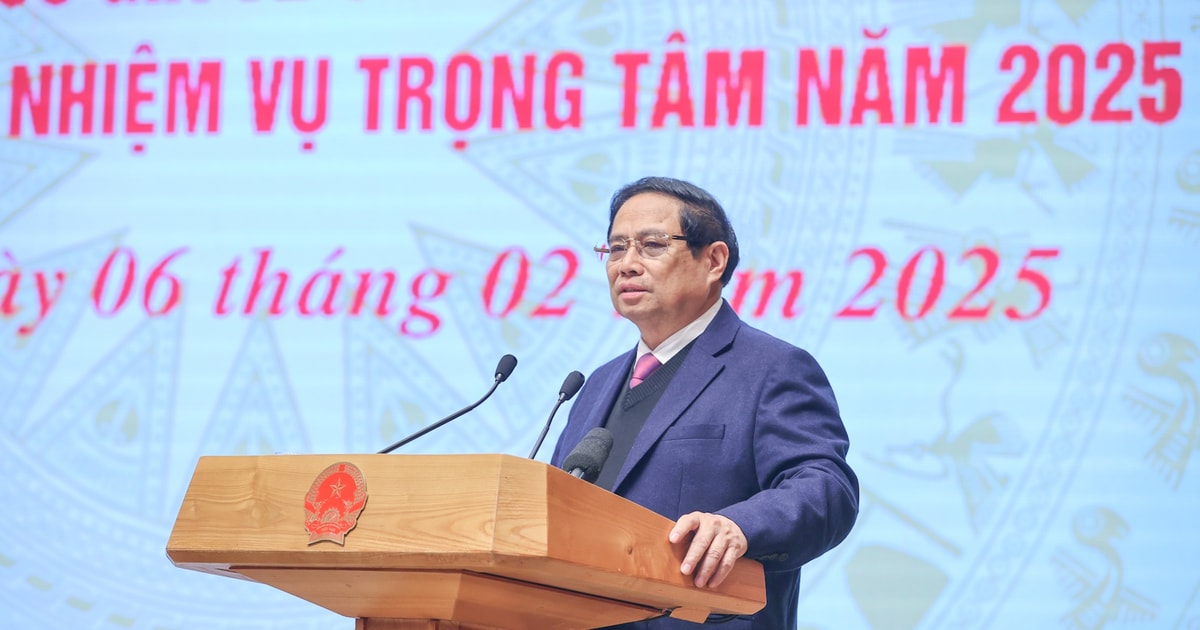
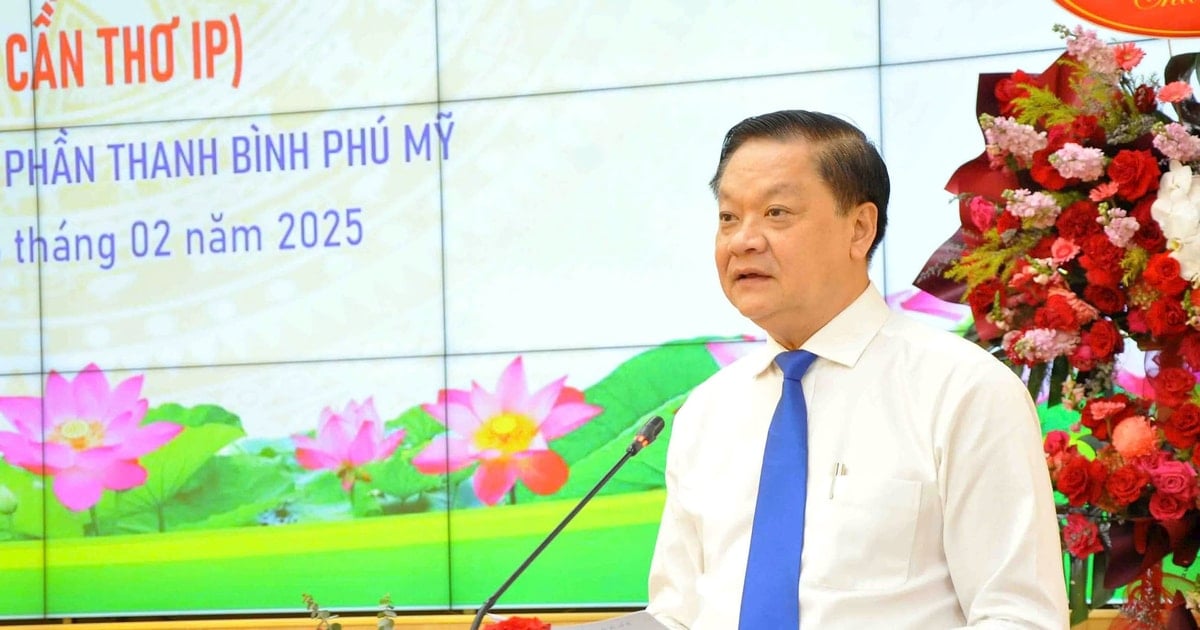
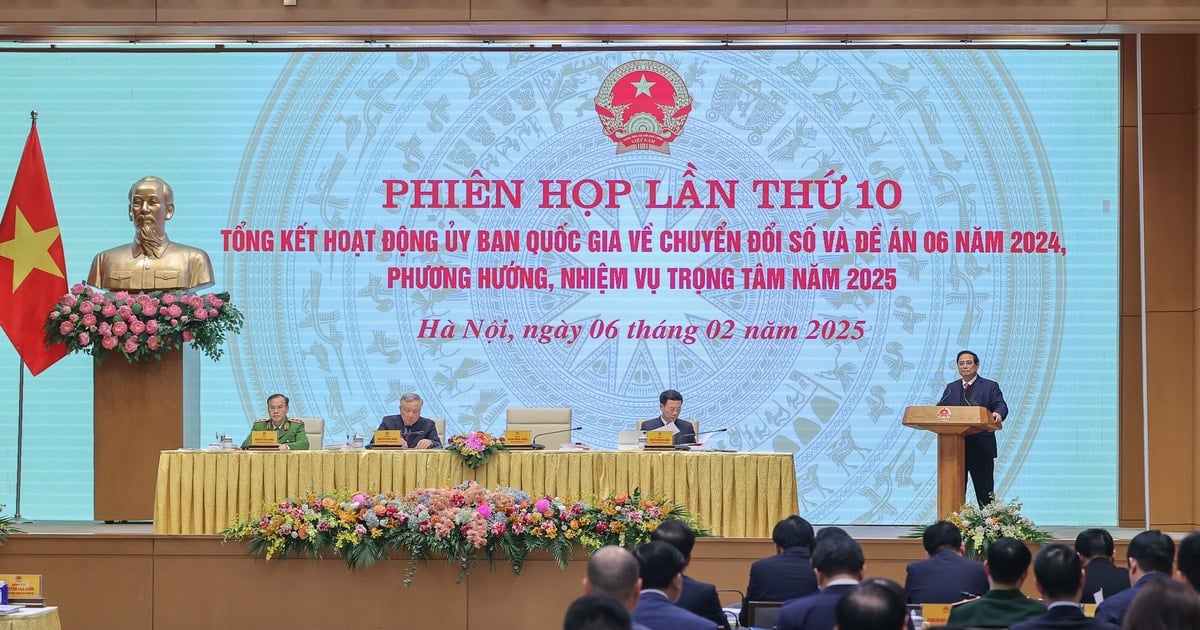

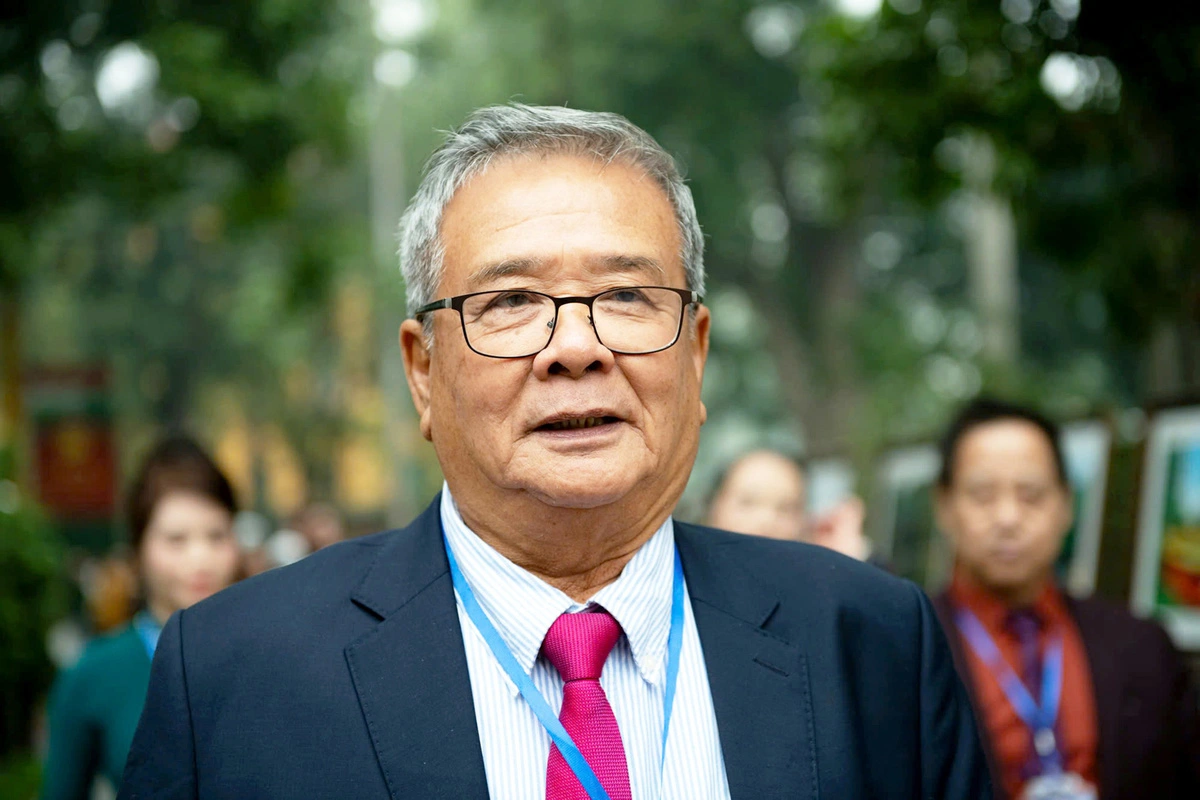

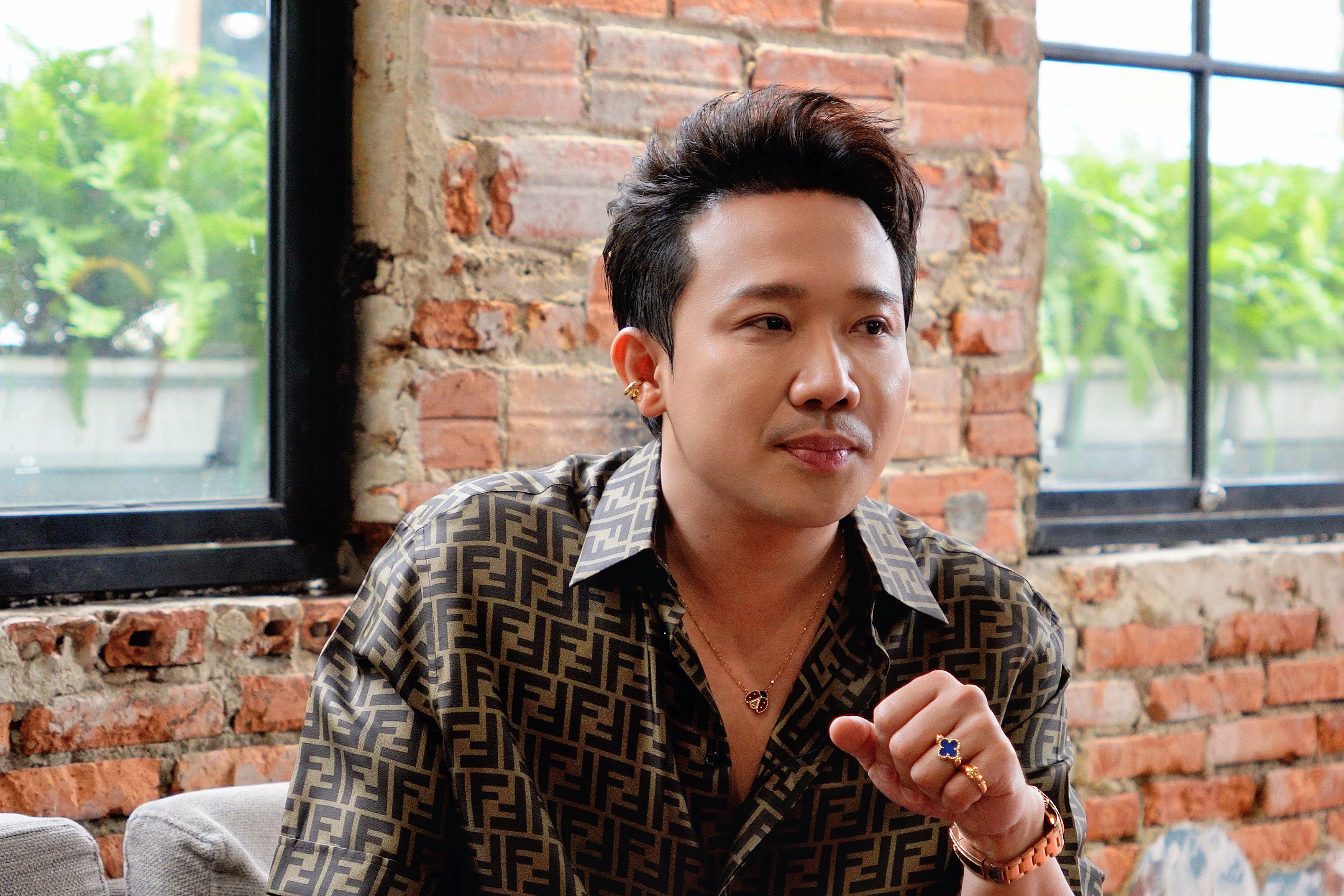





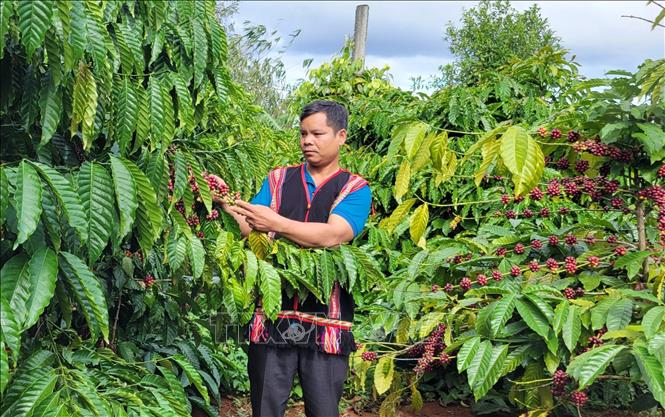





Comment (0)